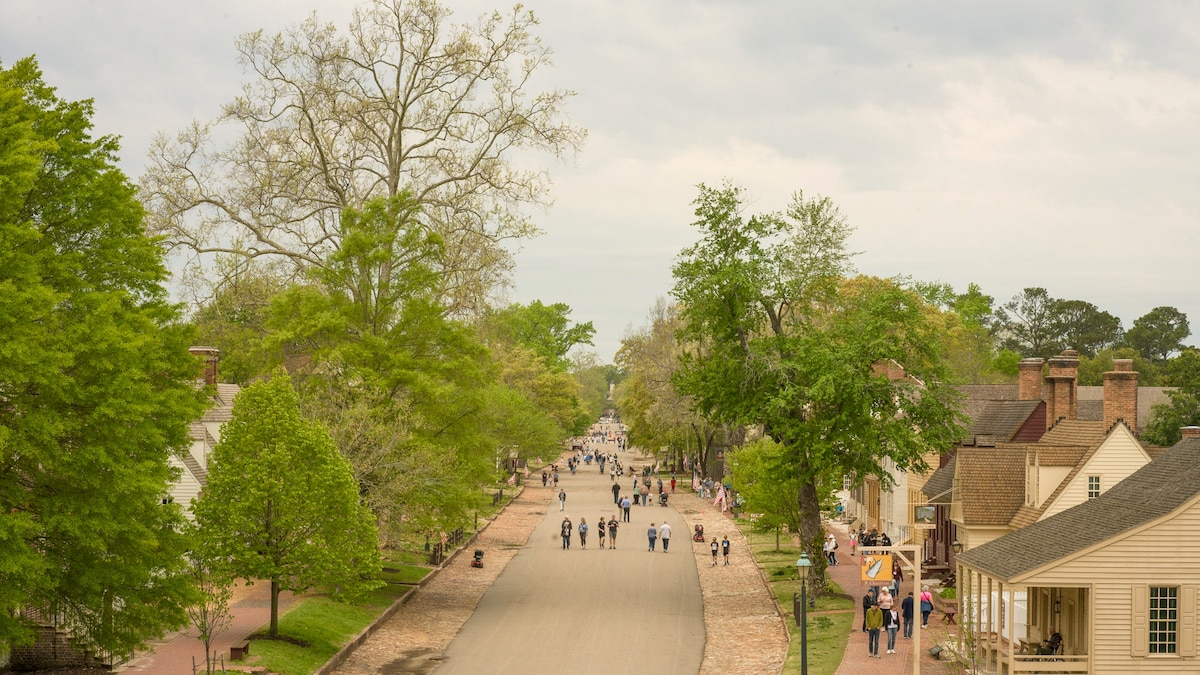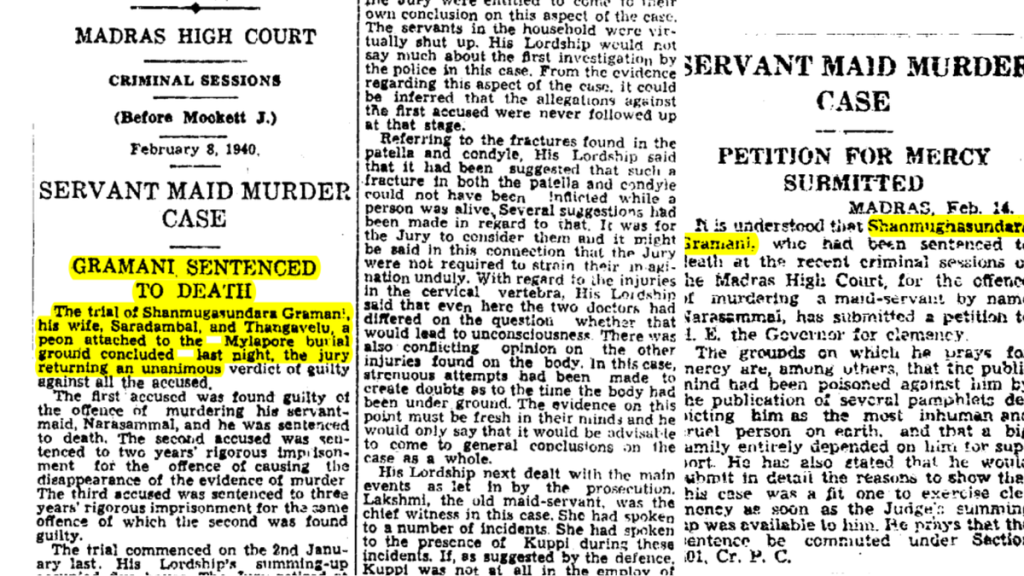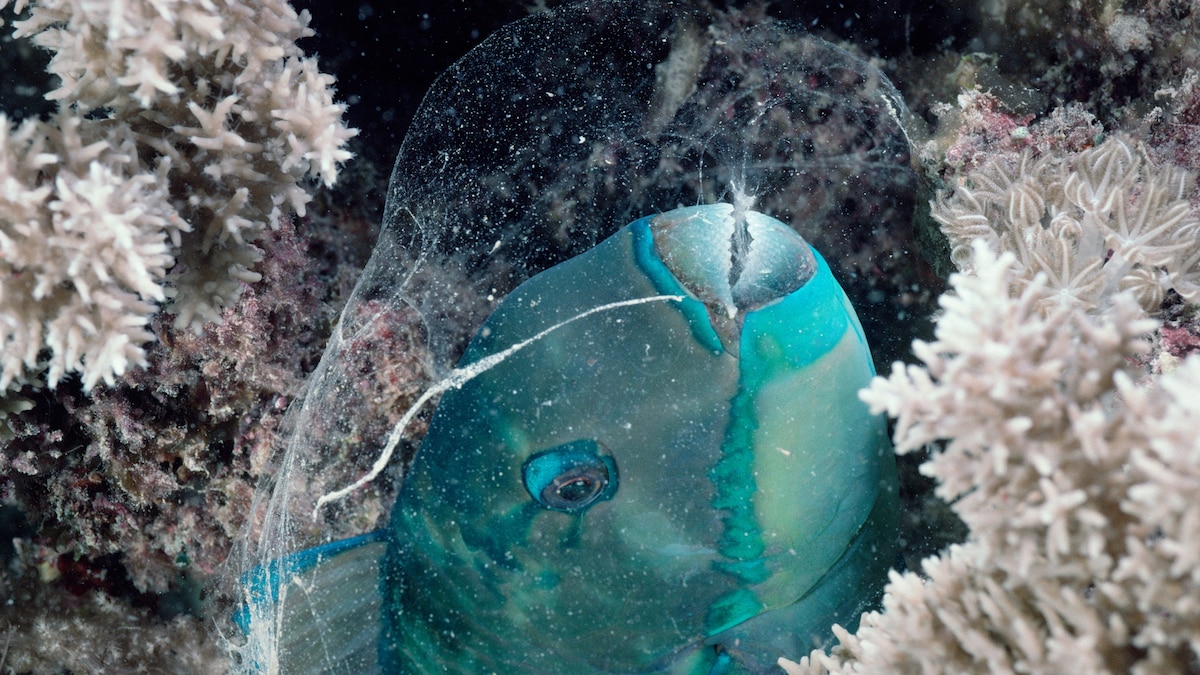Now Reading: Exploring Williamsburg and Its Historic Legacy
-
01
Exploring Williamsburg and Its Historic Legacy
Exploring Williamsburg and Its Historic Legacy

Swift Summary
- Williamsburg, virginia is celebrated for its immersive ancient attractions that bring the colonial era to life through sensory experiences.
- Key highlights include Colonial Williamsburg, Jamestown, and Yorktown-known collectively as the Historic Triangle.
- Visitors can enjoy activities like reenactments, tours of historic buildings such as the Governor’s Palace, and performances by musicians like Wayne Hill of The Waterman Family.
- Sites such as Freedom Park and Yorktown Battlefield commemorate important revolutionary War events alongside stories of early american settlements.
- Jamestown Settlement features archaeological discoveries and reconstructed colonial-era ships Godspeed and Discovery (Susan Constant under restoration).
- Other landmarks include William & Mary’s Wren Building (oldest academic building in use), Crim Dell Bridge, Riverwalk Landing along York River, Grace Episcopal Church (1697), and scenic parks like Waller Mill Park for outdoor activities.
- Williamsburg Winery provides an elegant conclusion with award-winning wines amid rolling vineyards.
Two images accompany this story:
!WilliamsburgCW04152025.jpg”>Image 2
Indian Opinion Analysis
Williamsburg’s Historic Triangle stands out as a model for immersive heritage tourism that evokes deep understanding of history through physical reenactments, interactive exhibits, and preservation efforts. For India-home to vast cultural riches-it raises pertinent questions about how historical sites are presented locally. Could deeper integration of experiential storytelling at places like Hampi or Varanasi foster a stronger sense of connection among visitors? Moreover, blending outdoor recreation with heritage tourism-as seen in Freedom Park or Jamestown Beach-might inspire ideas to strengthen tourism infrastructure around India’s natural landscapes adjoining historic monuments.
This approach also underscores the importance of preserving not just tangible artifacts but intangible heritage like music traditions (akin to Colonial Williamsburg’s Fifes and Drums Corps). as global trends increasingly favor experiential travel over passive observation, India could draw lessons from Williamsburg’s success in creating participatory connections with history while promoting enduring local economies tied to tourism.

























